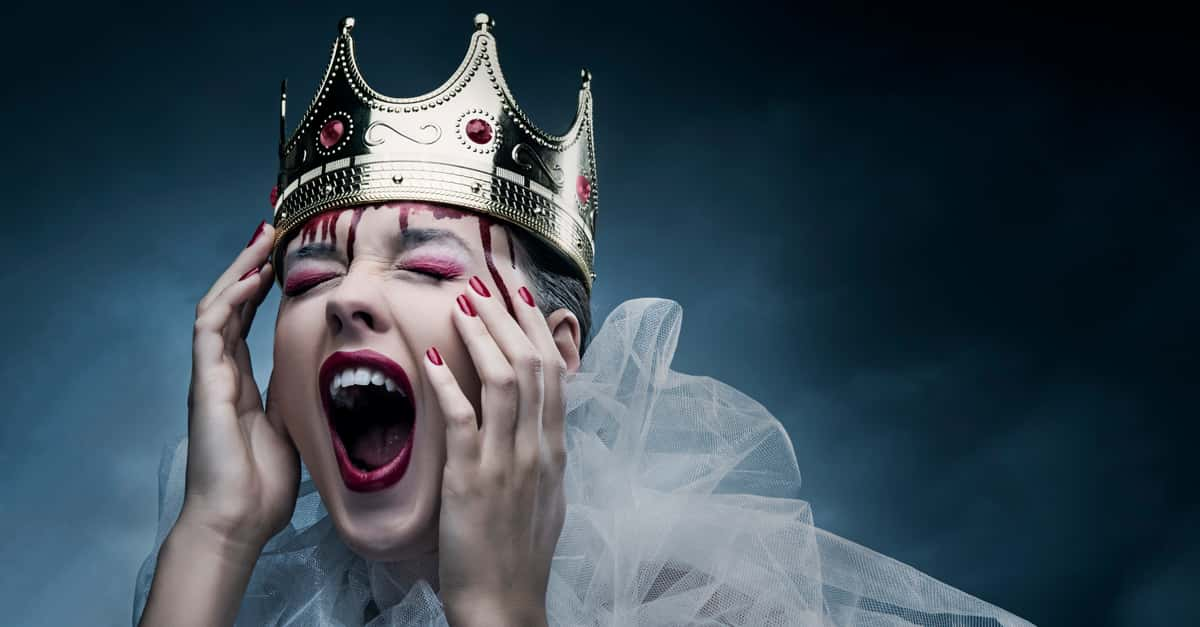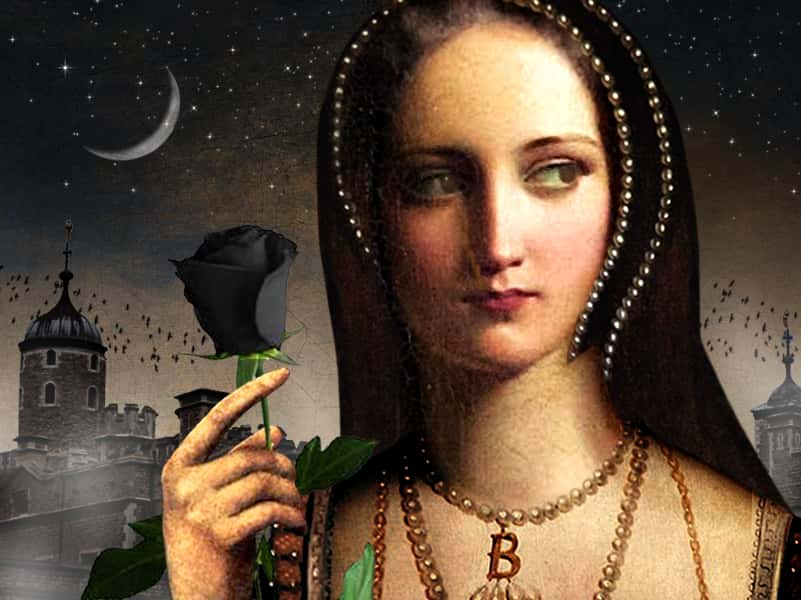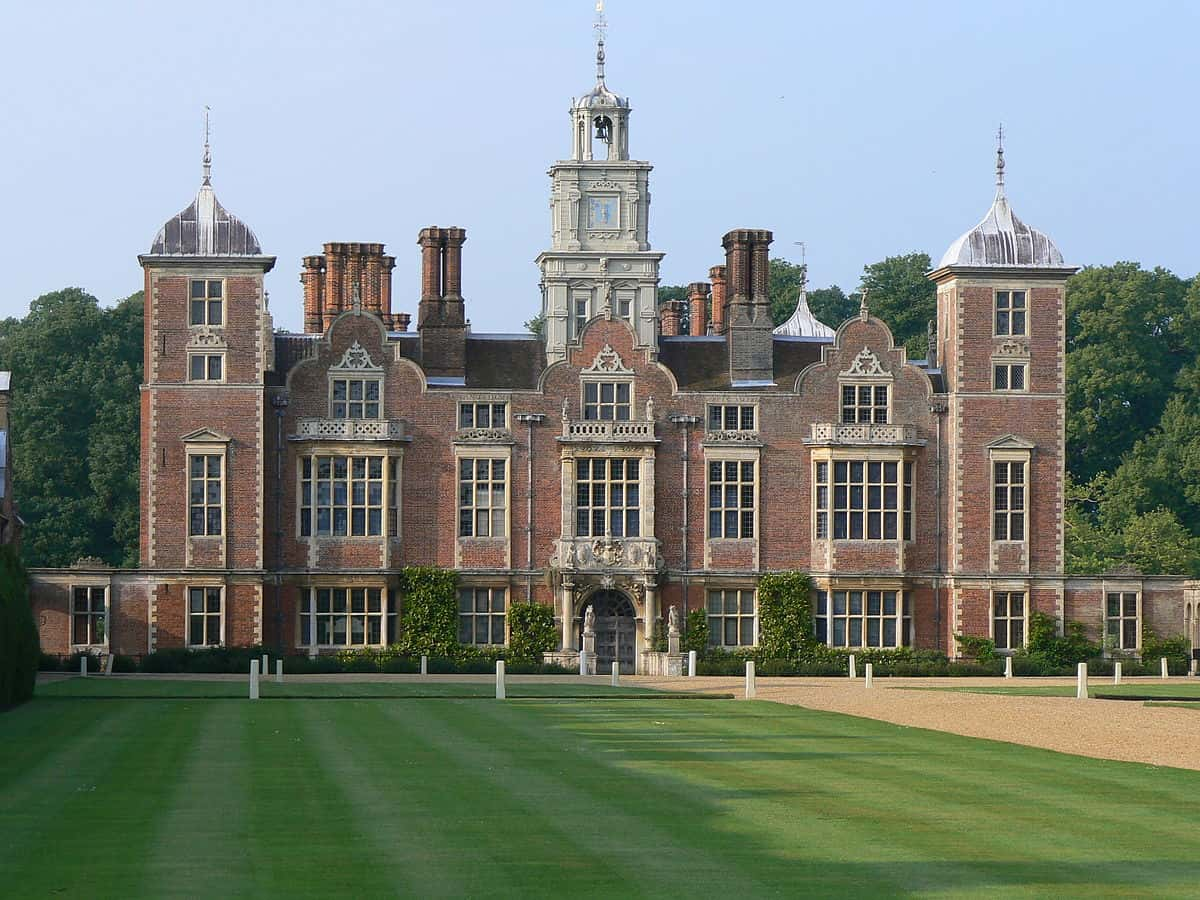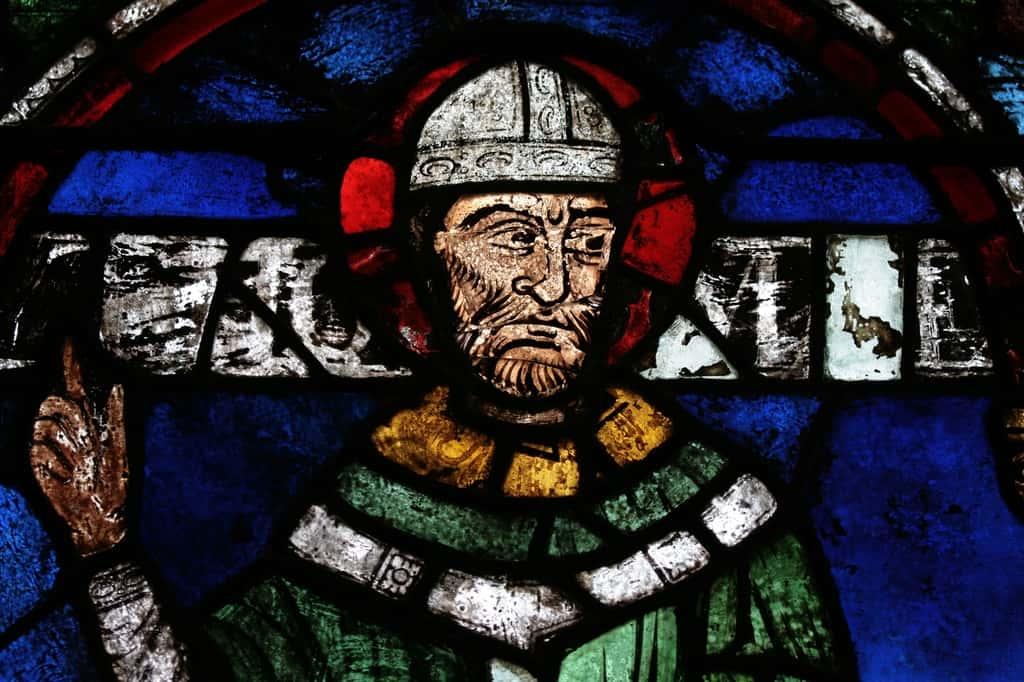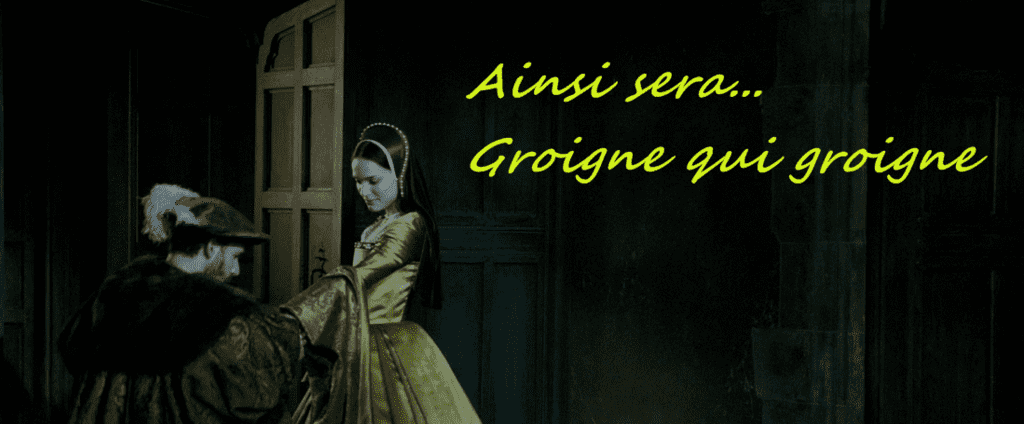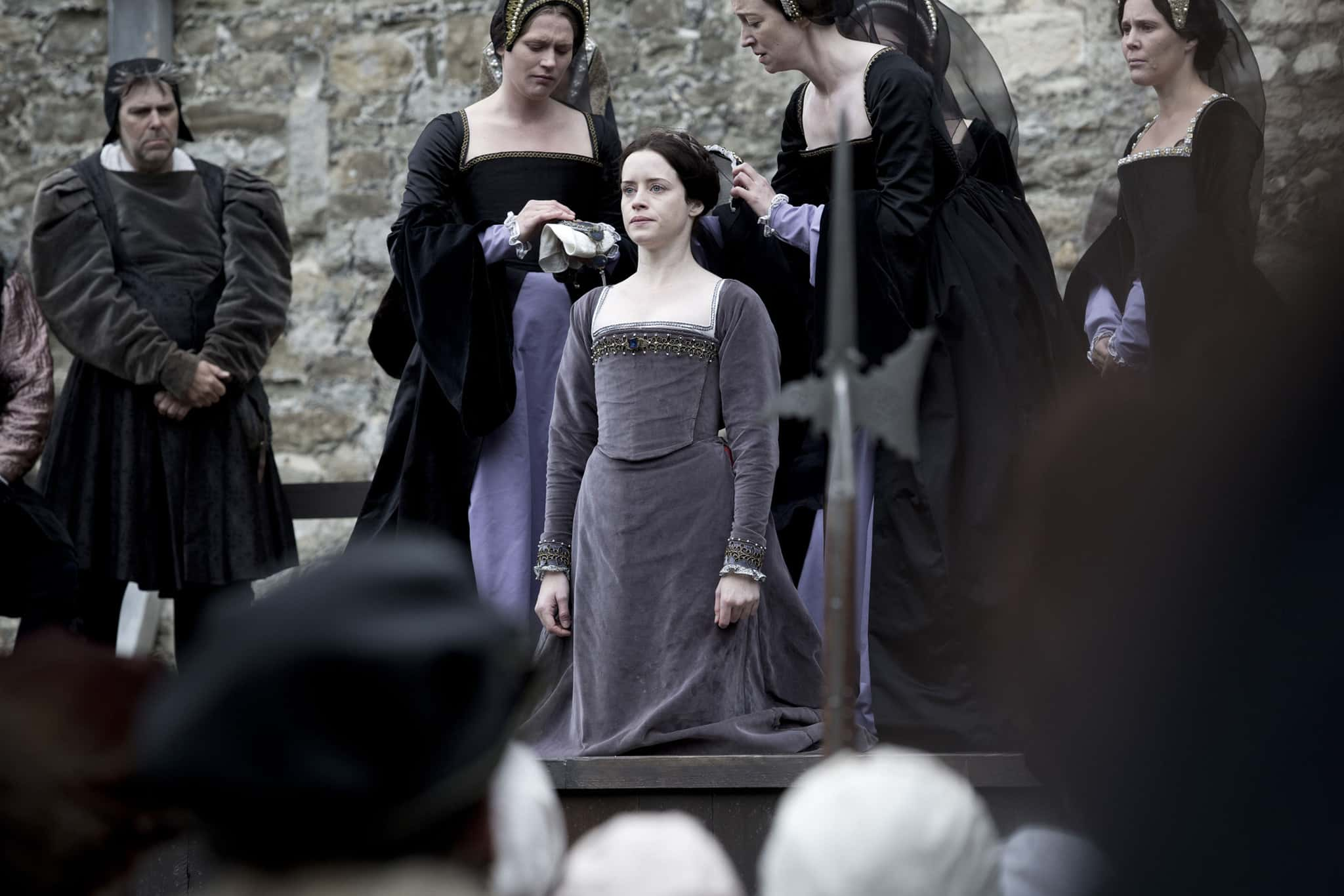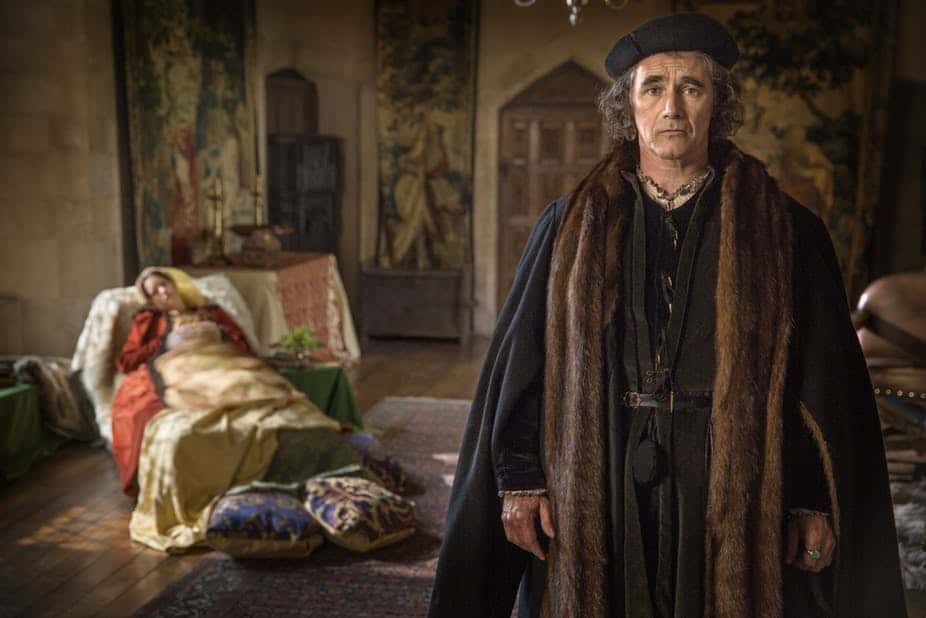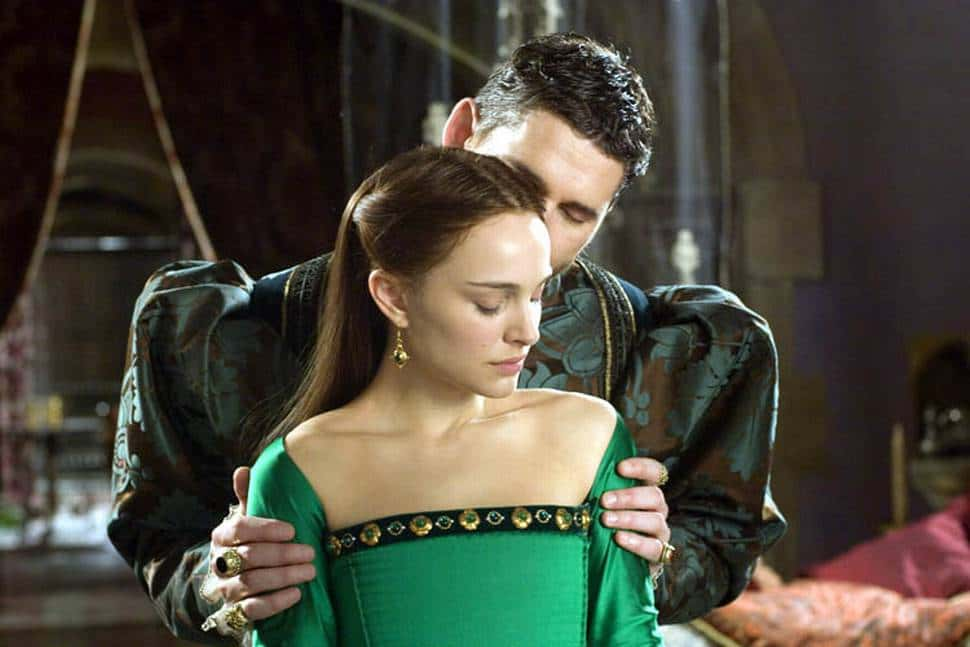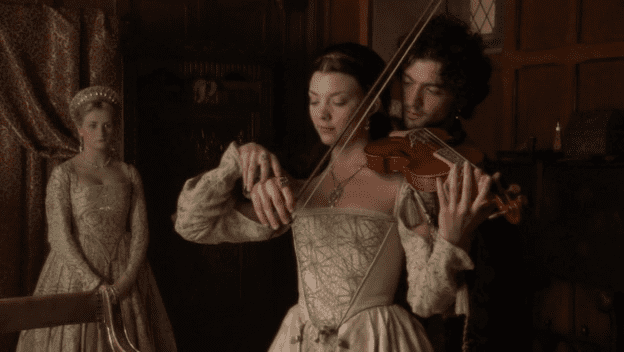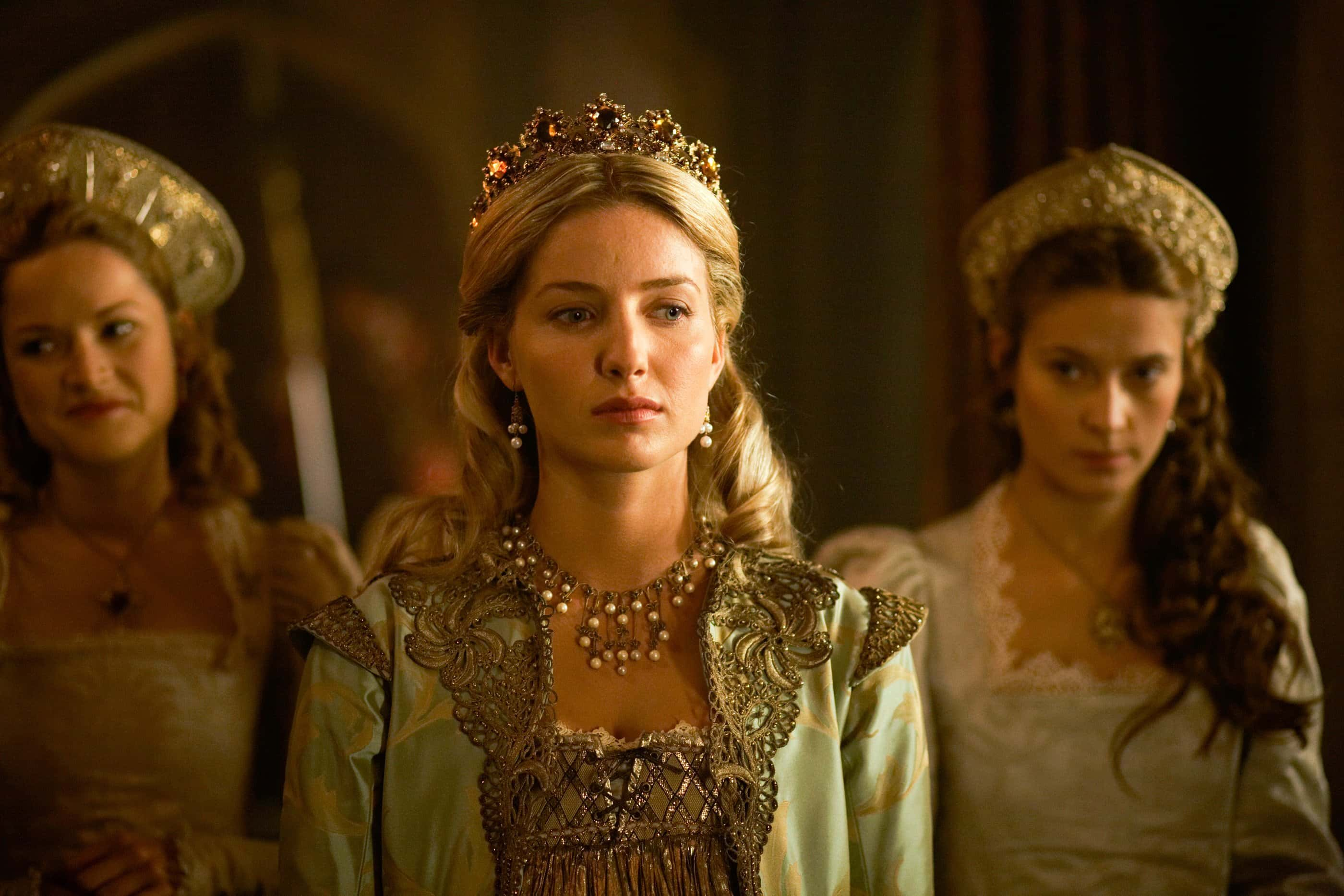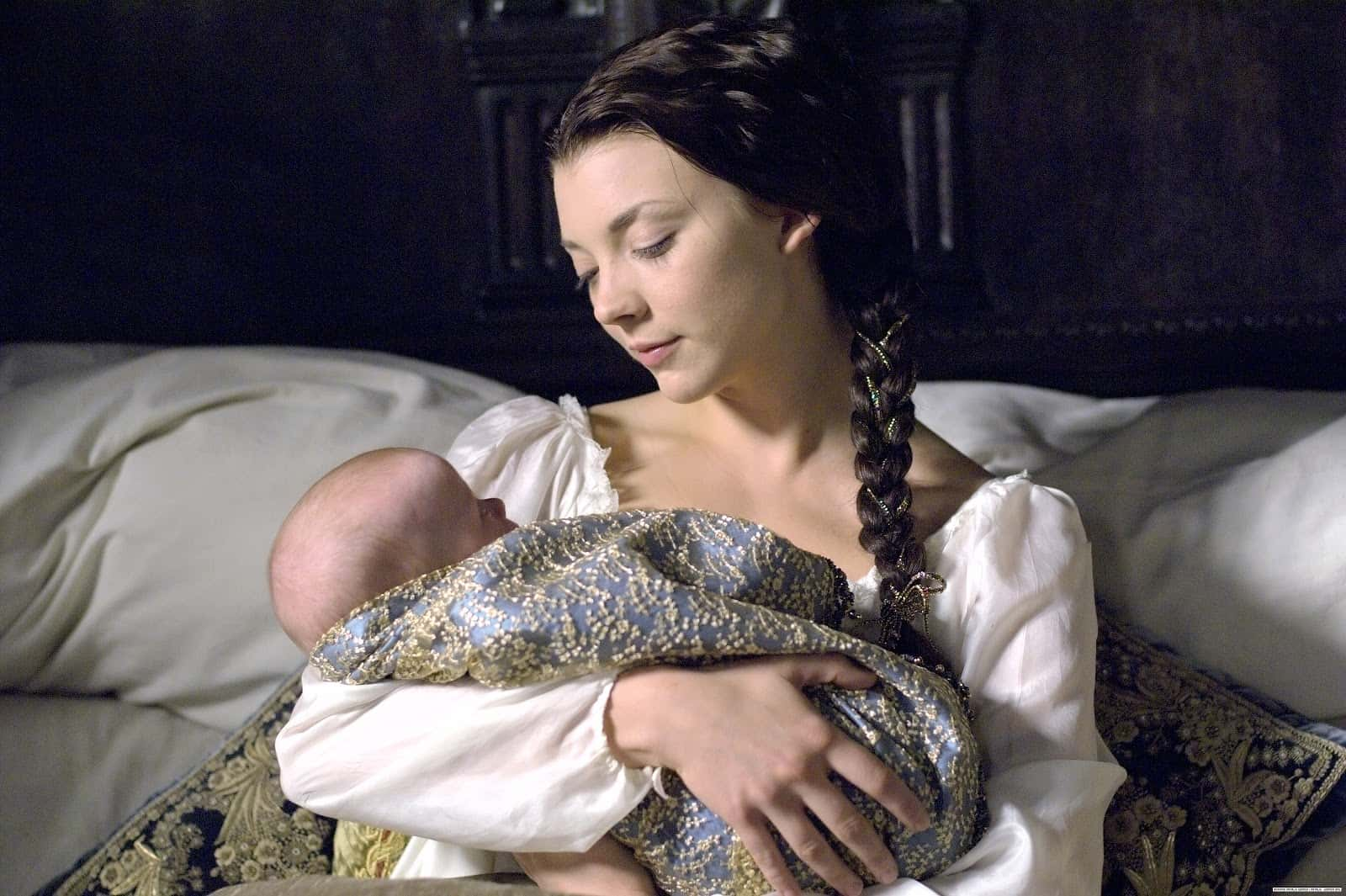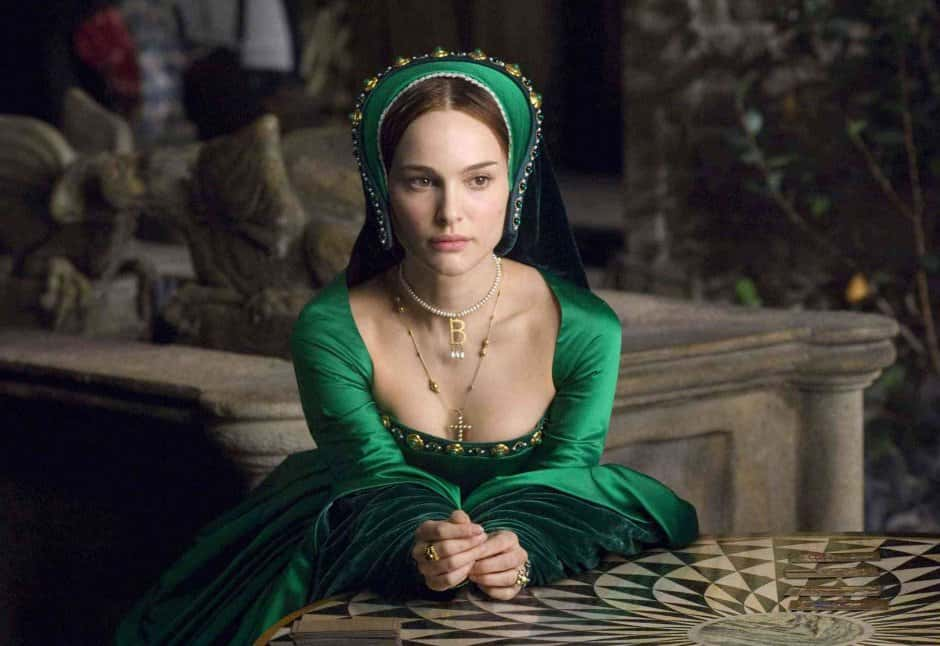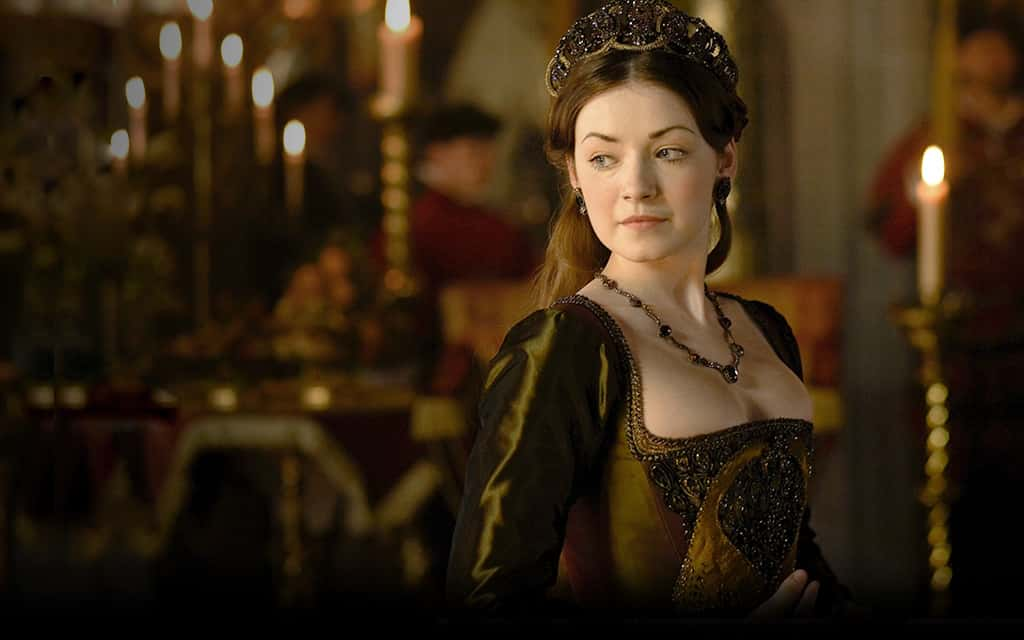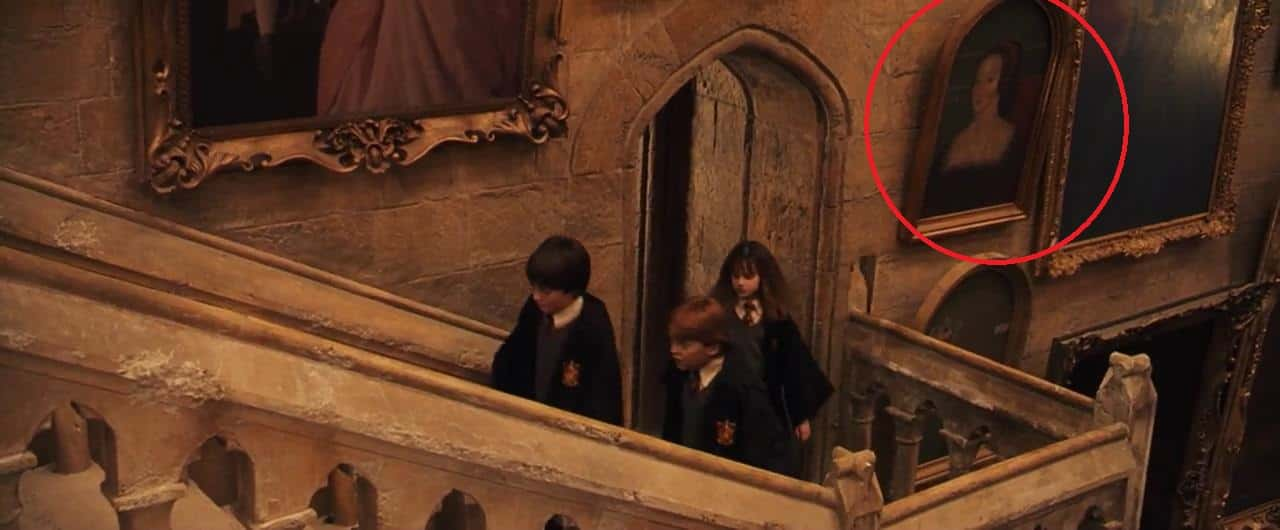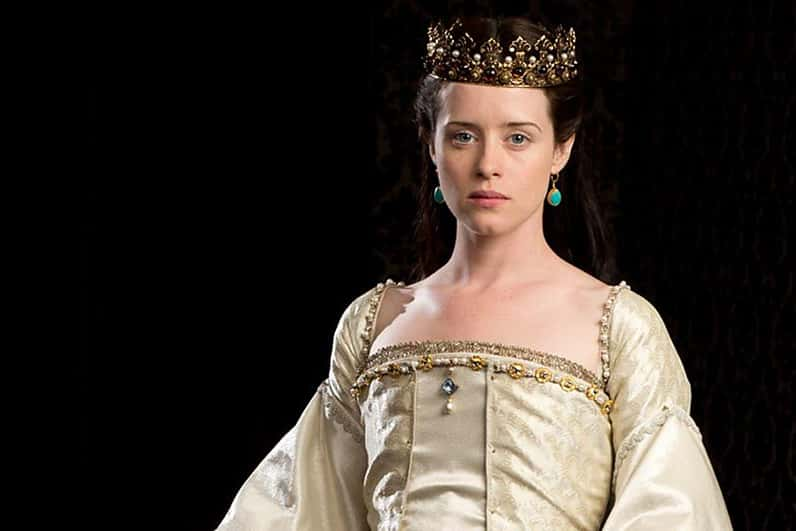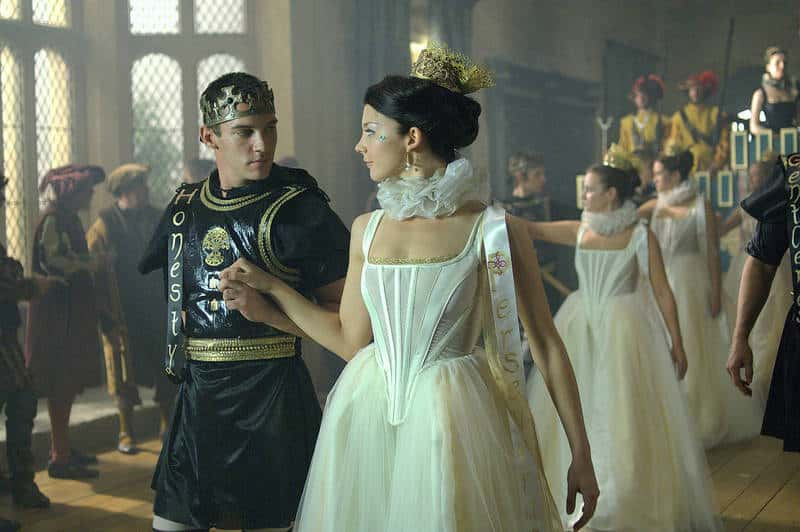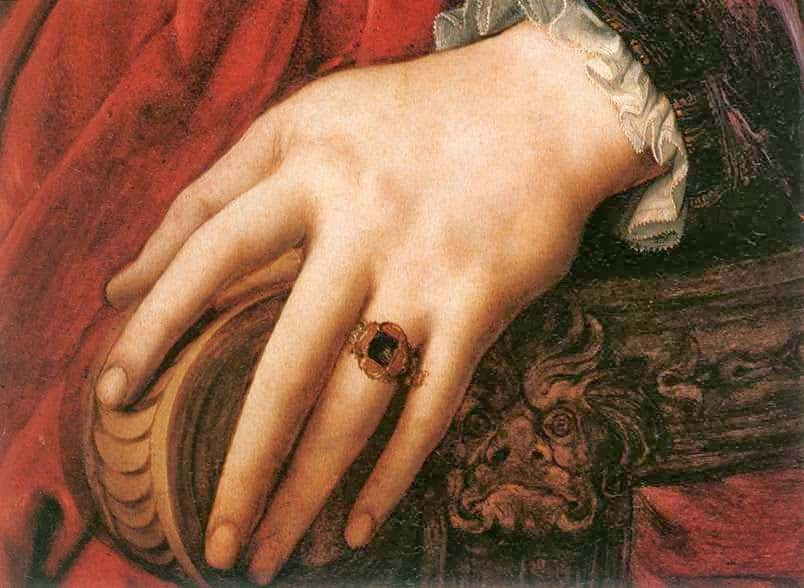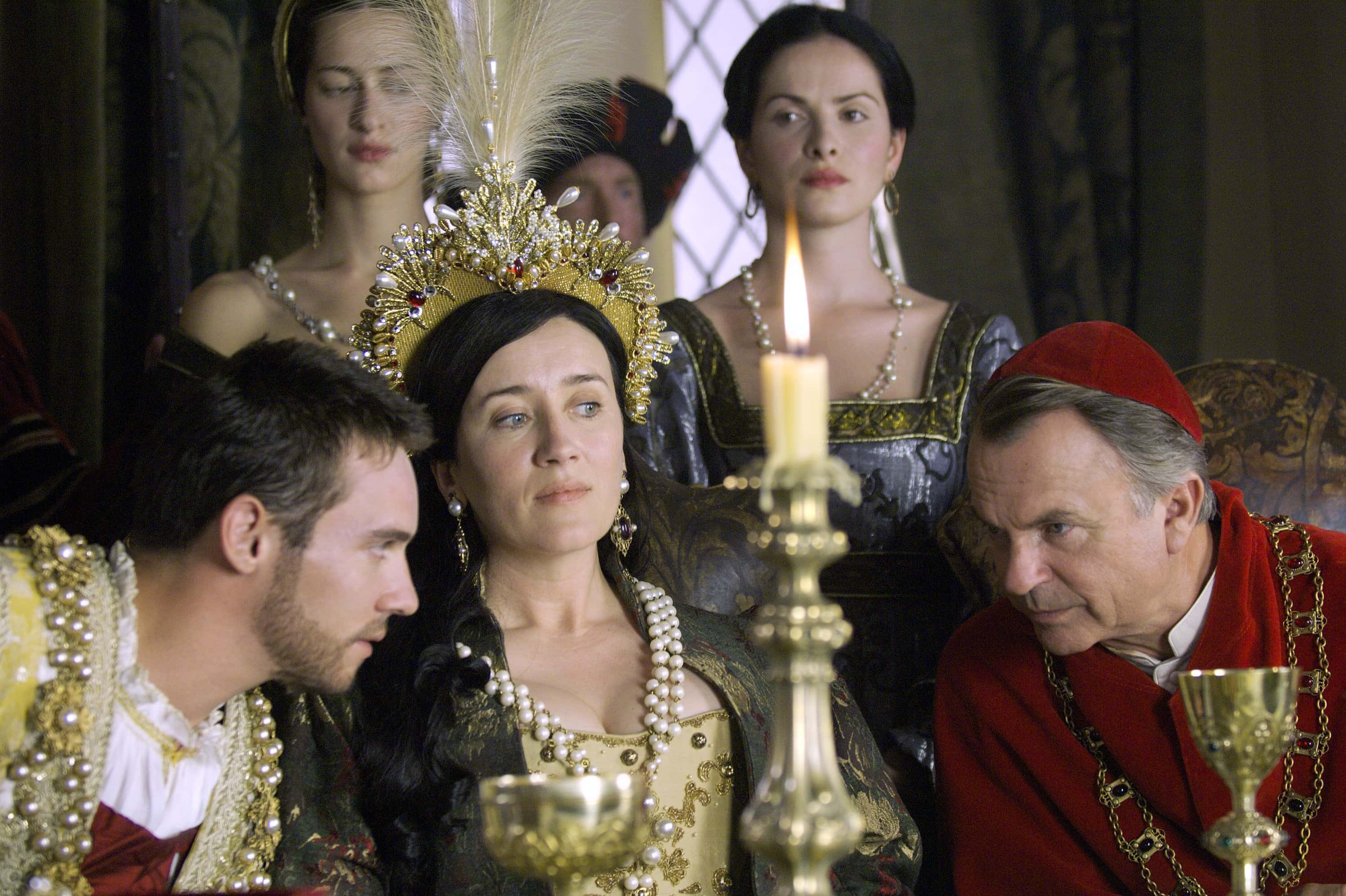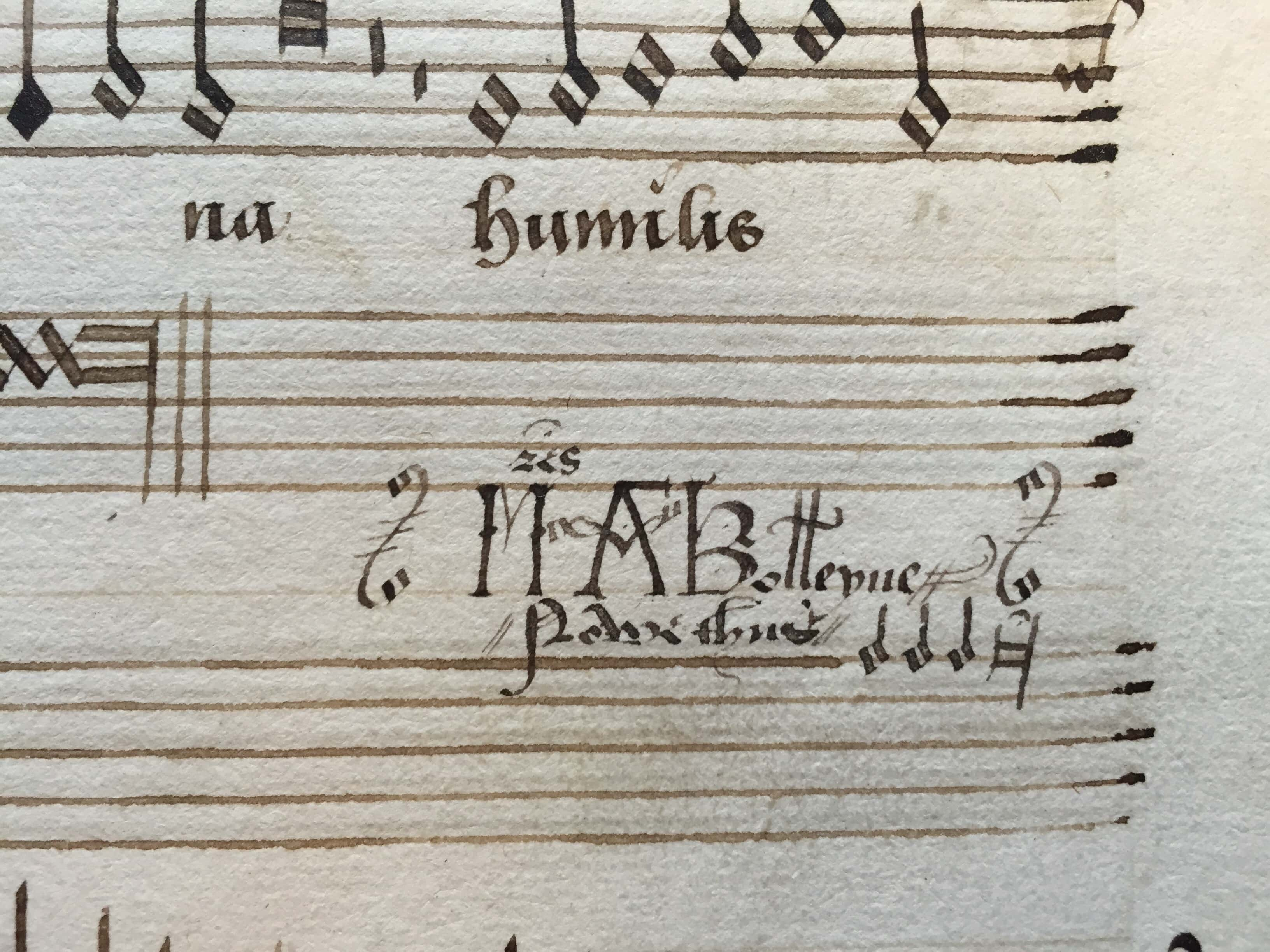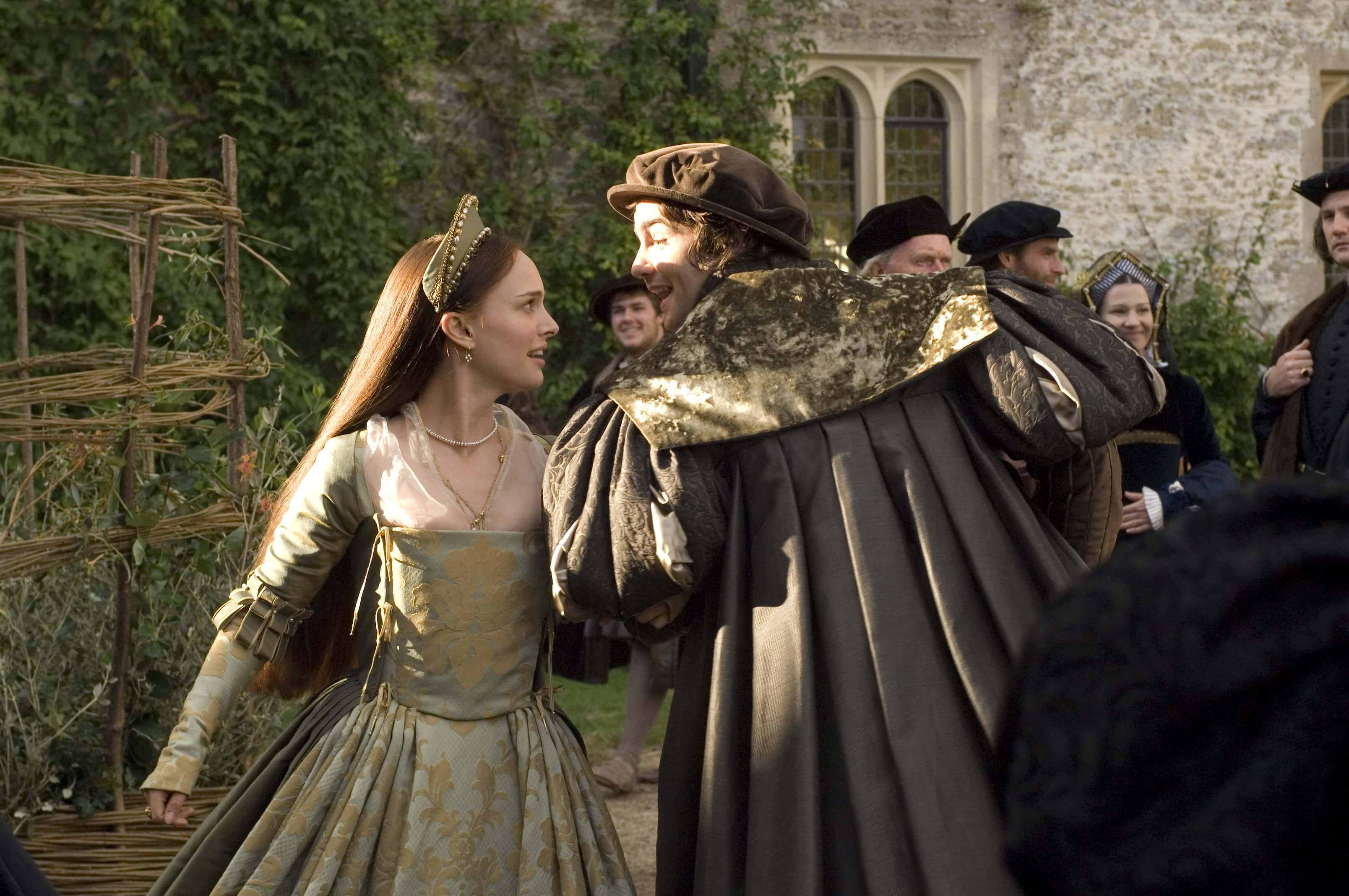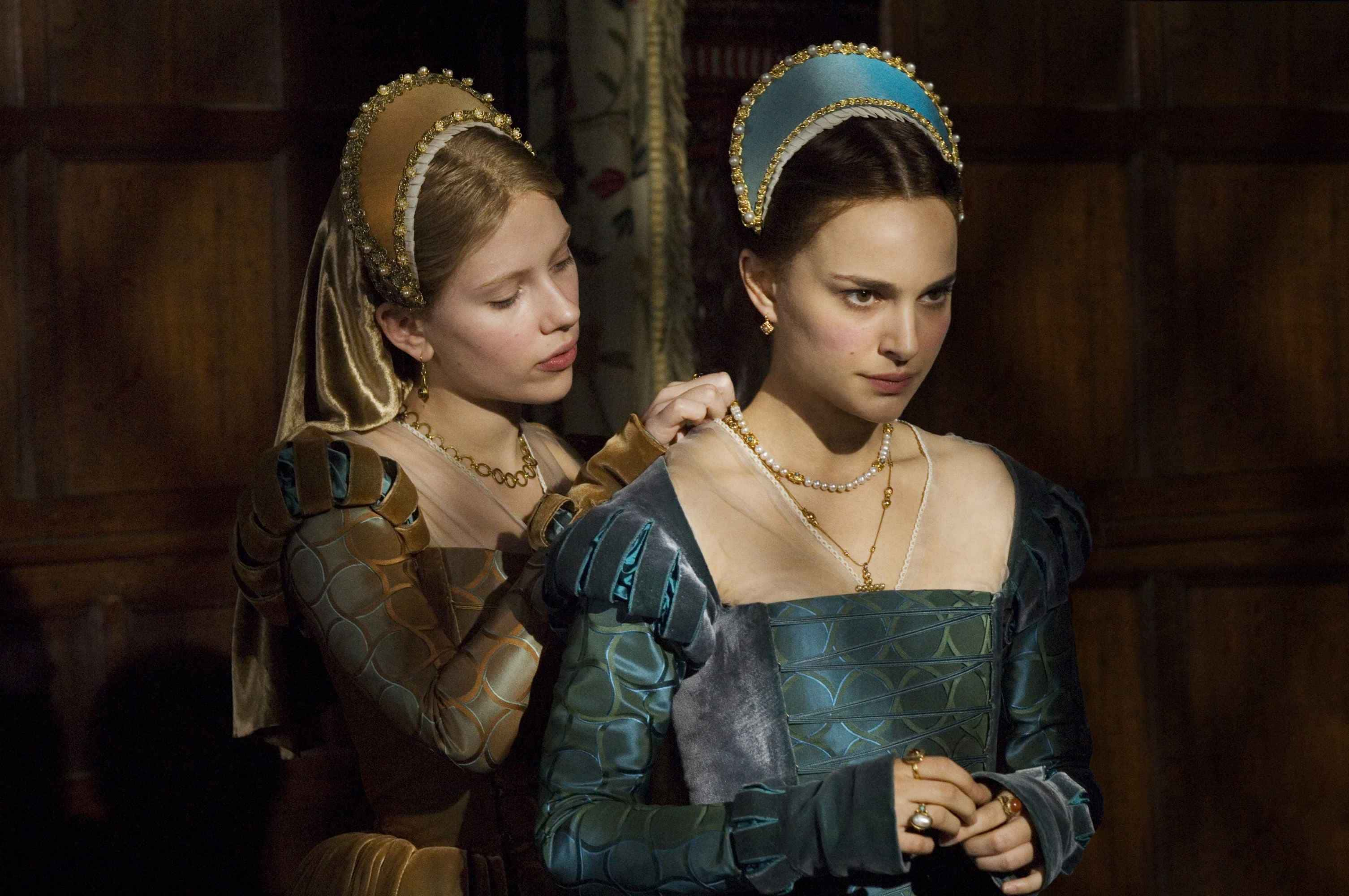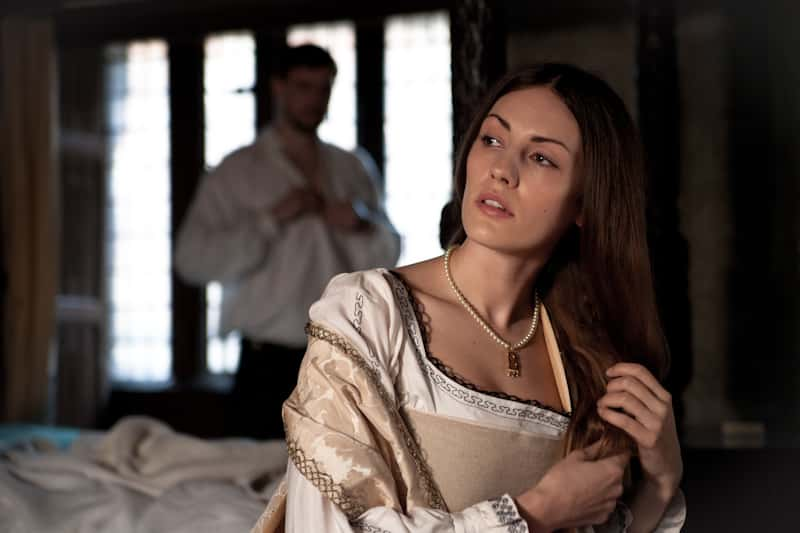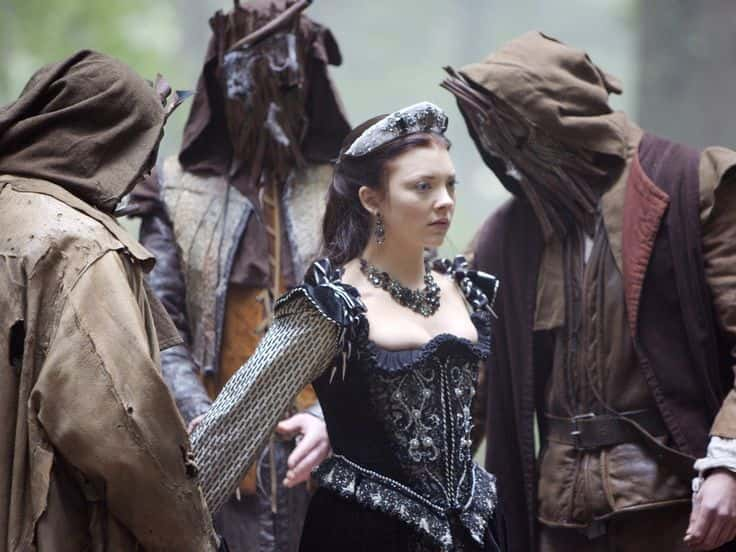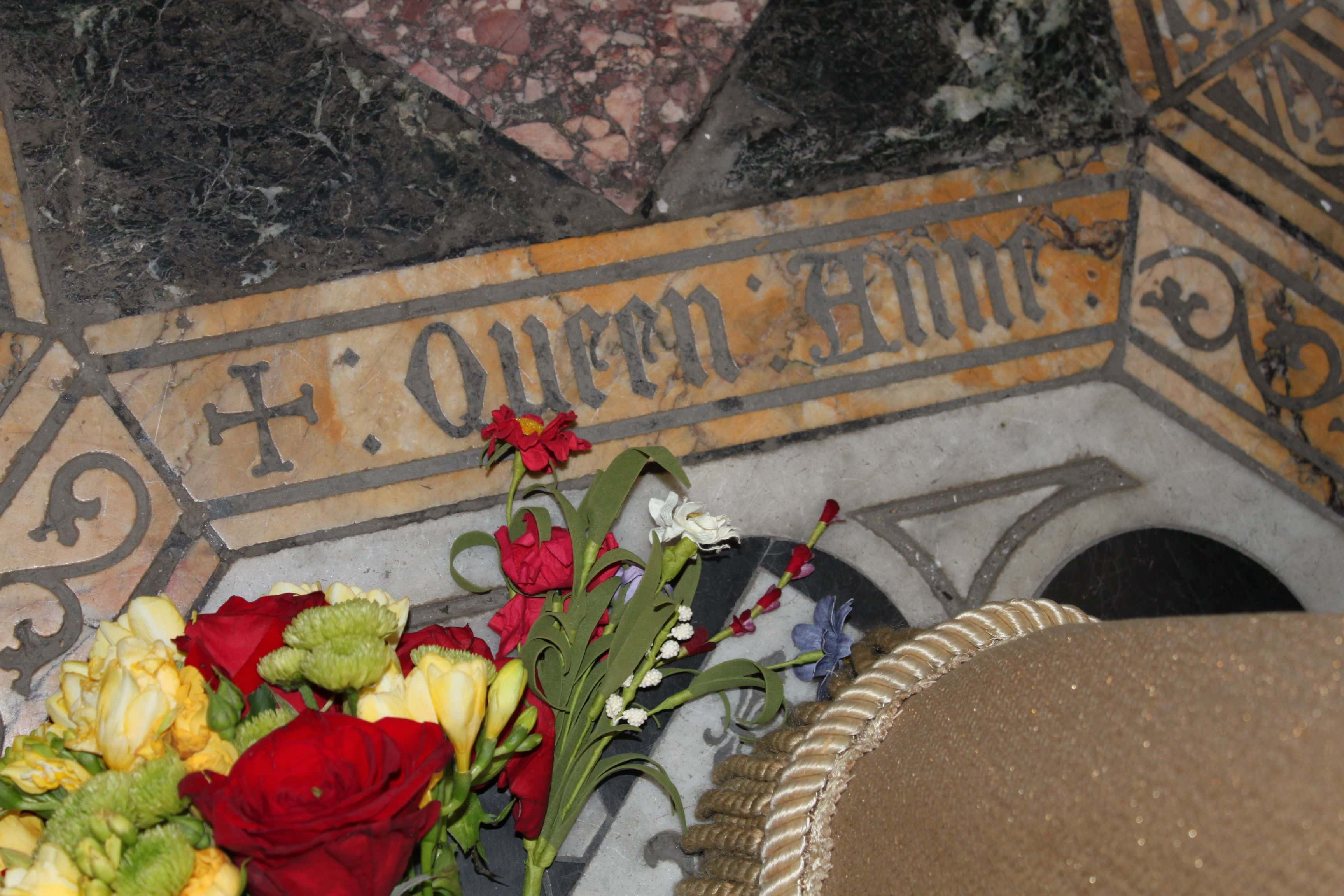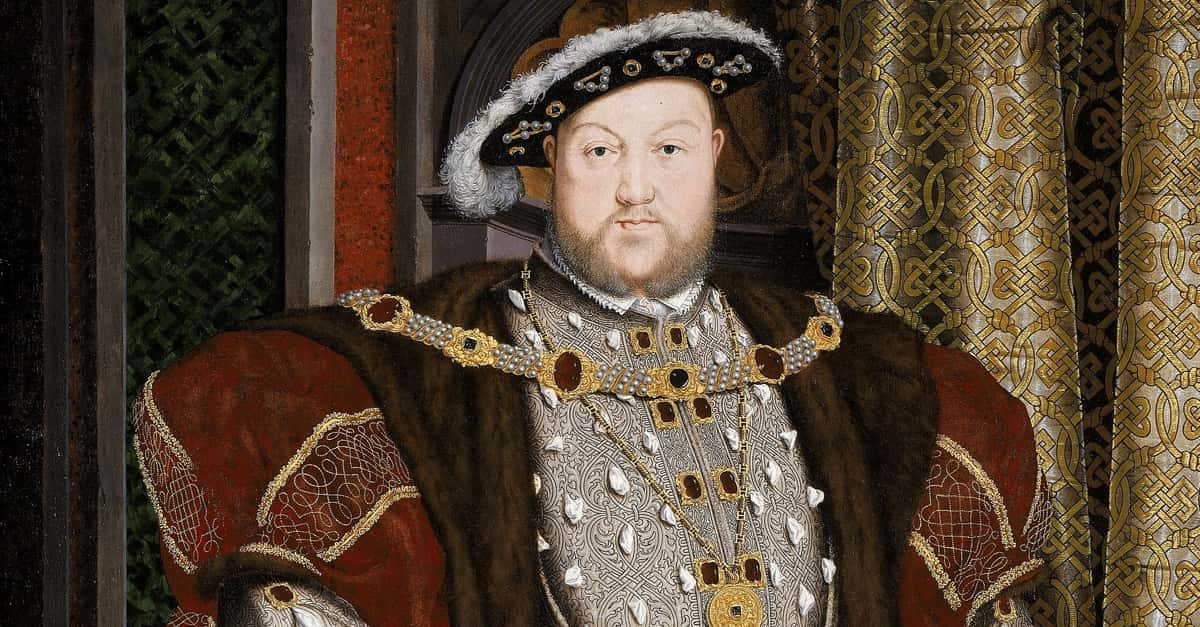"The king has been very good to me. He promoted me from a simple maid to be a marchioness. Then he raised me to be a queen. Now he will raise me to be a martyr."—Anne Boleyn
Anne Boleyn was born in what is now Norfolk, England in 1501. She was the second wife of King Henry VIII and Queen of England from 1533 until 1536 when she was executed on charges of conspiracy against the king, adultery, and incest. Below are 30 regal facts about the iconic queen and her violent end.
30. Humble Origins
Anne Boleyn wasn't of royal stock from her birth. Her early ancestors were fairly well-to-do peasants and her great-grandfather was a hatter (a person who makes/sells/repairs hats). He was successful in his career and grew wealthy after joining the prestigious Mercer’s Company in 1435.
29. Movin' On Up
Anne’s great-grandfather also served as Lord Mayor of London in 1457, and his second wife Anne Hoo was a baron's daughter. With his purchase of the manor of Blickling in Norfolk, he solidified a place among the gentry.
28. Saintly Connections
Boleyn's family claimed a connection to Saint Thomas Becket, who was the Archbishop of Canterbury in the 12th century. The Butler side of the family (her paternal grandmother was the daughter of Thomas Butler, seventh Earl of Ormond) claimed to be descended from one of Becket’s sisters, who married an Irish gentleman. The family was proud of their distinguished ancestor, and Thomas Butler bequeathed his soul to the "glorious martyr Saint Thomas" in his will. A precious family heirloom—a white ivory horn garnished with gold—was alleged to be the cup from which Becket drank.
27. An Irish Countess Instead of a Queen
When Anne returned to England in 1522, she was supposed to marry her distant cousin James Butler. Both her father and her uncle Piers Butler claimed the title of Earl of Ormond, and the marriage between Anne and James was a means of keeping the Earldom in both families. At some point, negotiations fizzled out, likely because her father was unhappy with the plan. James was eventually recruited to the King’s court, becoming an esquire-at-arms to the king. Anne also ended up going to court and joined the Queen’s household.
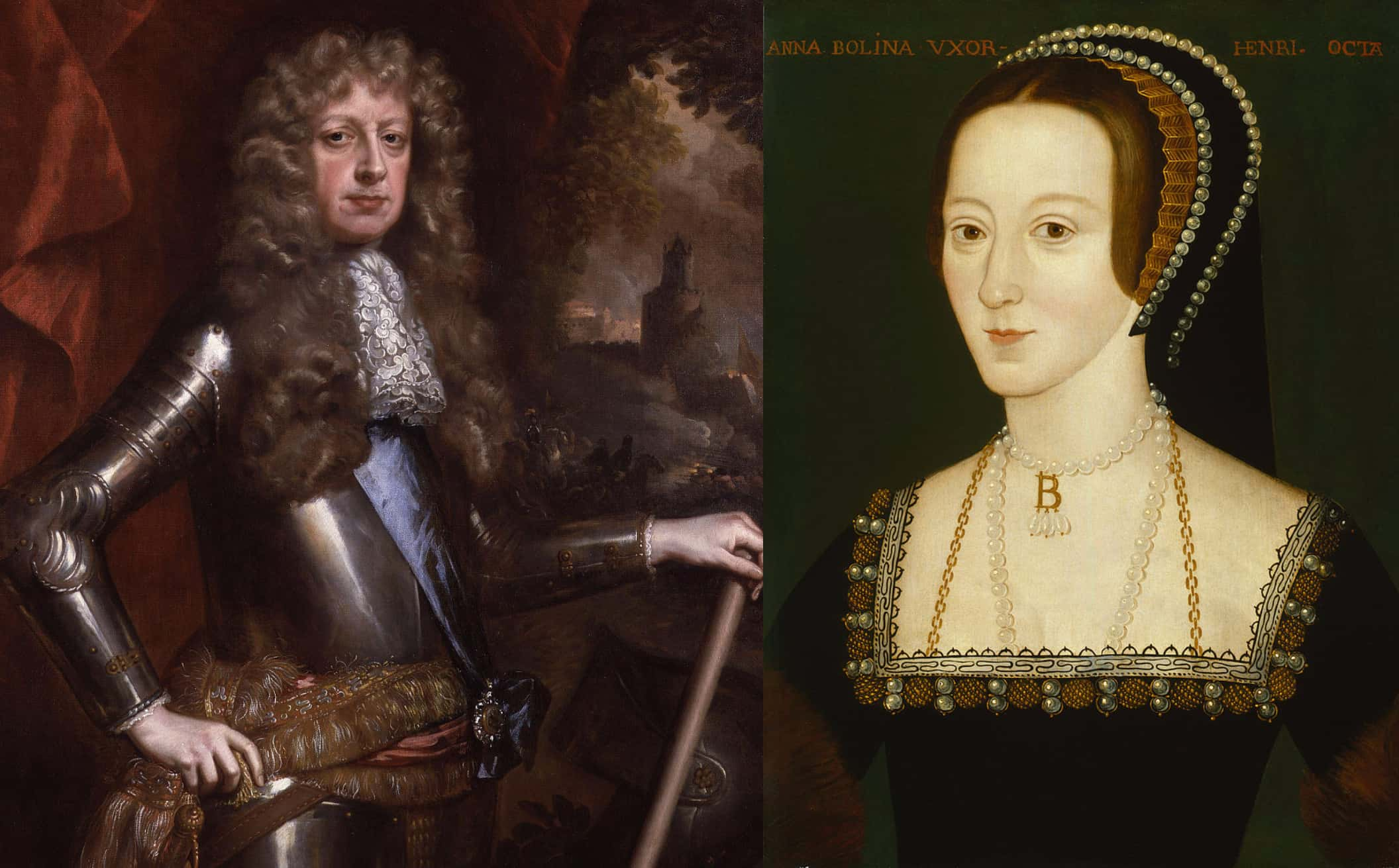
26. Tough Cookies
Anne Boleyn was known to have a rather twisted and droll sense of humor, and in reaction to the protests against King Henry choosing her as his Queen, she temporarily took as her motto the phrase “Ainsi sera, groigne qui groigne," which translates into "Grumble all you like, this is how it’s going to be." Many biographers interpreted it to be defiant and arrogant, but based on her personality, it would appear to fit her sense of humor.
25. Famous Words
The most famous quote by Anne Boleyn was spoken just prior to her execution. She reportedly was chatting with someone about her executioner and, in attempt to reassure her friend, said “I hear he’s quite good. And I have a very small neck!"
24. An Almost Deadly Flu
In 1528, Anne nearly died of the sweating sickness, which was probably a type of influenza. The disease was notable because of how rapidly it could kill an otherwise young and healthy victim. Henry VIII, a known germaphobe, was terrified of the disease and when it killed one of Anne’s ladies he sent her home to Kent. It turned out his fears were founded, as Anne later proved to have been infected. Henry sent his second best doctor (the best one available) to treat her, and she survived.
23. Hard to Get
When Henry started pursuing Anne, she refused his advances. Although the true reason was most likely that she was still heartbroken over her broken engagement to Henry Percy, the king saw her lack of interest as a challenge and gave chase. Eventually, the sport turned into genuine attraction, and he tried again to appeal to her by offering to make her his official mistress, but she refused him again. Finally, he proposed marriage to her, and this was an offer she couldn’t refuse.
22. Playing Games
Anne was considered to be quite a catch in her time. She was an accomplished singer and player, and highly charismatic. When she arrived at court, she attracted several admirers, including Thomas Wyatt, a friend from childhood who shared her love of music and poetry. She also enjoyed gambling and flirting, and had a talent for making men feel good about themselves. According to her biographer, she loved games and was skilled in the "game" of courtly love.

History's most fascinating stories and darkest secrets, delivered to your inbox daily.
21. Kicking Cousins
Jane Seymour (the third wife of Henry VIII, after Anne) was Boleyn’s second cousin, but they weren’t exactly close. Anne knew that a relationship was growing between Henry and Jane under her nose, and when Anne discovered that Henry had given Jane his picture to wear around her neck, Anne reportedly snatched it so violently that she hurt her hand. Jane Dormer, a lady-in-waiting at the court, claimed that there was frequent fighting between the two cousins.
20. Charitable Giving
Charity was extremely important to Anne, as it was an expression of her evangelical faith. Some estimates placed her donations at a sum of 14,000-15,000 pounds per year, but while she was no doubt very giving, this number is likely an exaggeration. In addition to money, she also had her officers purchase large quantities of canvas to be made into smocks and sheets for those who couldn't afford them.
19. Secret Ceremony
Despite her efforts to resist Henry’s advances, Anne became pregnant in 1532, before they were married. In January 1533, they were married in a secret ceremony, and she was crowned Queen of England in a grand ceremony at Westminster Abbey. Their daughter Elizabeth (later Queen Elizabeth I) was born in September 1533.
18. Couldn’t Keep Him
Anne’s failure to provide Henry with a male heir led to her being pushed aside for Jane Seymour. Anne miscarried twice during their marriage, with the second appearing to have been a boy. Henry also accused Boleyn of using witchcraft to seduce him into marrying her.
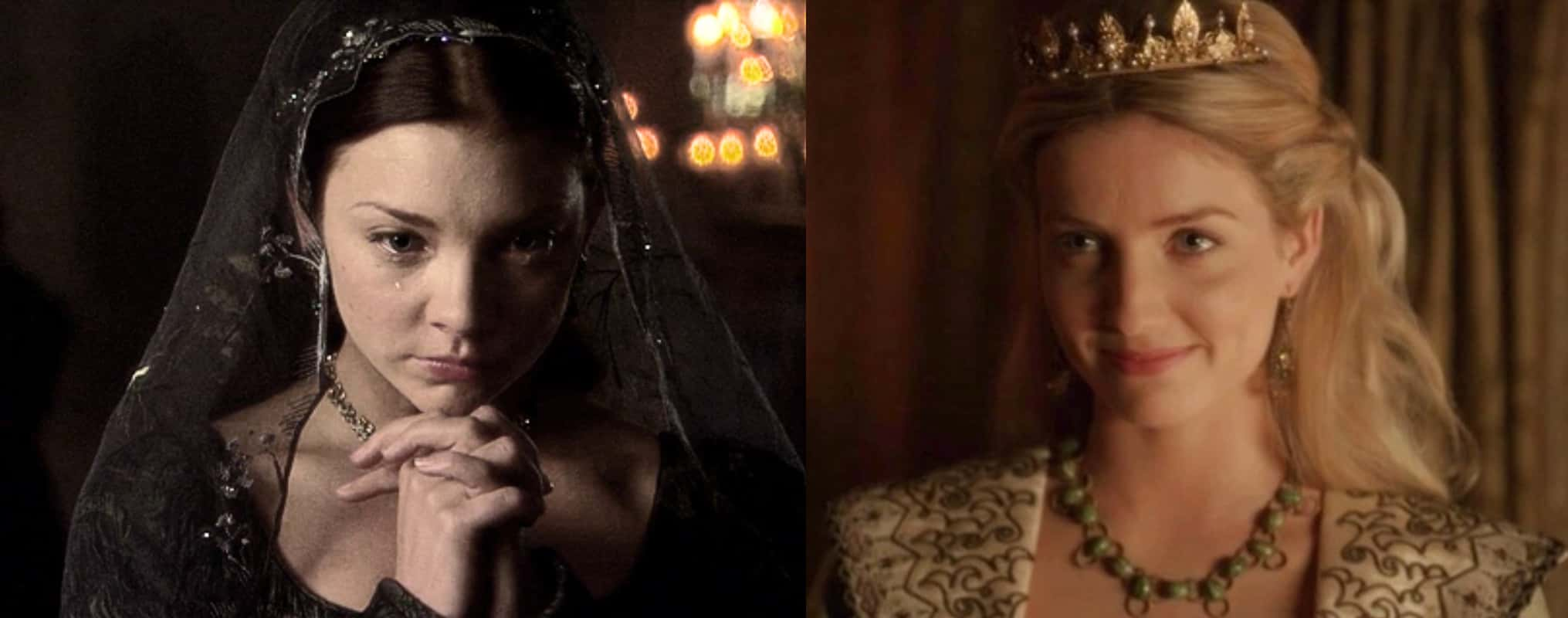
17. Changing Views
Anne Boleyn is one of the more fascinating women in history, and for centuries she has been the subject of numerous artistic and cultural works. In the 18th and 19th centuries, she was viewed as a romantic victim, destroyed by her brutal, oppressive husband. In the latter half of the 20th century, historians have begun to make the argument that Anne was not simply a powerless victim as she has been portrayed, but that she was one of the most ambitious and intelligent queens in European history.
16. French Connection
Anne Boleyn spent some time in France in the household of Henry's sister, Mary Tudor. Mary was married to King Louis XII of France, and while there Anne learned to speak French fluently. Biographers also wrote that Anne was more French than English in her mannerisms, and her "Frenchness" was part of her appeal.
15. Hanging at Hogwarts
In the Harry Potter films, Anne Boleyn’s portrait can be seen hanging along the staircases at Hogwarts. In the Harry Potter Universe, Boleyn is accused by muggles (non-wizards) of being a witch, but she was actually a squib—a non-magical person born to at least one magical parent. It is also suggested that she may have given Henry one or two love potions to get him to marry her.
14. Dramatic Allure
Anne Boleyn was never described in history as being classically beautiful. She had a dark complexion and black hair, which made her stand out in a culture where milk-white paleness was seen as the epitome of beauty. Her most striking feature was her eyes which, according to one contemporary, were “black and beautiful.”
13. Ignited the Reformation
Henry’s desire/need to marry Anne Boleyn led to the English Reformation. When the Catholic Church refused to grant him an annulment from his first marriage, he broke with the church and declared himself head of the Church of England. This gave him the power to grant himself a divorce and marry Anne. Some historians believe that Anne was a zealous supporter of the Protestant cause and a passionate reformer, but there’s no proof to that end, only speculation.
12. Eleven-Fingered Woman
One of the most widely perpetrated myths about Anne Boleyn is that of her extra finger. Catholic Propagandist Nicholas Sander wrote about the Queen’s 11th finger decades after she’d been executed. He referred to seeing a sixth finger on her right hand, a tooth that protracted unattractively under her lower lip and an unsightly cyst on her throat. In reality, he never saw the Queen in person, and the King didn’t generally like women who weren’t attractive.
11. The King’s Whore
Anne Boleyn was definitely not the "People’s Princess." Many of the king’s subjects were still aligned with his first wife Catherine and blamed Anne for breaking up their marriage. Catherine’s supporters referred to her as the "King’s Whore." They also blamed her for turning Henry against the Catholic Church, and for causing the King’s erratic, tyrannical behavior. It should also be noted that in those days a woman’s sexuality was her only power, and it was widely assumed that Anne had some kind of sexual hold over her husband.
10. Birthdate Uncertain
The exact date and location of Anne’s birth is unknown. Historians place her birth either in 1501 or 1507, but most historians believe the date to be 1501. If it was 1507, she would have been 28 when she was executed, certainly still of child-bearing years, meaning that her inability to produce a son couldn't have been a valid reason for executing her. If she was born in 1501, she would have been around 35 when she was executed (middle-aged by Tudor standards), and that would suggest that her character assassination was deliberately plotted by the King’s advisor Thomas Cromwell for political reasons.
9. Musical Reprieve
A songbook believed to have been owned by Anne Boleyn is owned by the Royal College of Music in London, and in 2016 a choir arranged a performance of songs from the book. It's suspected that a song in the book about death may actually have been written by Boleyn.
8. A Notable First
Anne Boleyn is also notable for being the first Queen of England to be publicly executed. Once found guilty, she was originally sentenced to burn, but Henry changed it from burning to beheading. He called in an expert swordsman from France to carry out the execution instead of using the typical axeman.
7. Contrary Anne
Soon after the birth of their daughter Elizabeth, the same traits that Henry had initially found alluring became an annoyance to the king. Anne was outspoken, frequently contradicted Henry and argued with him in public. Just a couple of days before her arrest, Scottish theologian Alexander Alesius claimed to have witnessed an argument between the pair. What they were arguing about is unknown, but their relationship has been described as “storm followed sunshine, sunshine followed storm.”
6. A Secret Engagement
While at court, Anne caught the eye of Henry Percy, heir to Earl of Northumberland. The pair fell in love and were secretly engaged to marry, but King Henry VIII was also interested in Anne and ordered the cardinal Thomas Wolsey to end their engagement.
5. Not the Momma
King Henry VIII’s interest in Anne Boleyn was controversial, and not just because he was already married. Henry was already having an affair with Anne’s older sister, Mary. There were also rumors that her mother Elizabeth Howard had also been bedded by the King. Despite public accusations claiming the affair, the King denied it, stating “never with the mother” when challenged.
4. Loose Lips Sink Heads
While being kept prisoner in the Tower of London, Anne let her guard down and spoke without censor about conversations she’d had with Mark Smeaton and Henry Norris—the men named in her adultery charges. The lieutenant of the Tower took note and reported her words to the King, who took her words as proof of her adultery. She also unintentionally caused the arrest of Sir Francis Weston when she claimed that he’d once professed his love for her. This was enough "evidence" to result in the execution of Weston, who before then had nothing to do with the investigation. Four other implicated men were executed as well, just two days before Anne's own demise.
3. False Charges
Boleyn was accused of adultery with 5 men (including her brother), and of plotting to murder the king and her lovers so she could marry Henry Norris. Modern historians agree that the charges brought against Anne Boleyn that led to her execution were false and unconvincing and that Henry had her killed just because she didn't happen to have any male children.
2. Is it Her?
Despite the careful planning that went into Anne Boleyn’s execution, little to no thought was given to what should be done with her remains afterward. Not having arranged for a coffin, her remains were allegedly put into an old arrow chest, and she and her brother were buried in an unmarked grave in front of the altar at the Church of St. Peter ad Vincula. In an interesting twist, it turned out that five other beheaded women had been buried under the altar, and it had simply been assumed that the bones found in an arrow chest there were hers. There is also a theory that her relatives had her body secretly reburied somewhere else, which based on that discovery, might have been true. Without DNA testing, the truth will probably never be known.
1. Treason…
When Anne Boleyn was brought to the scaffold to die, she begged leave to address the crown and was granted the right to do so. Despite the limited evidence against her, she said, “Good Christian people, I am come hither to die, for according to the law, and by the law, I am judged to die, and therefore I will speak nothing against it. I am come hither to accuse no man, nor to speak anything of that, whereof I am accused and condemned to die, but I pray God save the king and send him long to reign over you, for a gentler nor a more merciful prince was there never: and to me he was ever a good, a gentle and sovereign lord. And if any person will meddle of my cause, I require them to judge the best. And thus I take my leave of the world and of you all, and I heartily desire you all to pray for me. O Lord have mercy on me, to God I commend my soul.”
As she awaited the executioner’s blade, kneeling on the block, she repeated the phrase, “To Jesus Christ I commend my soul; Lord Jesus receive my soul.”
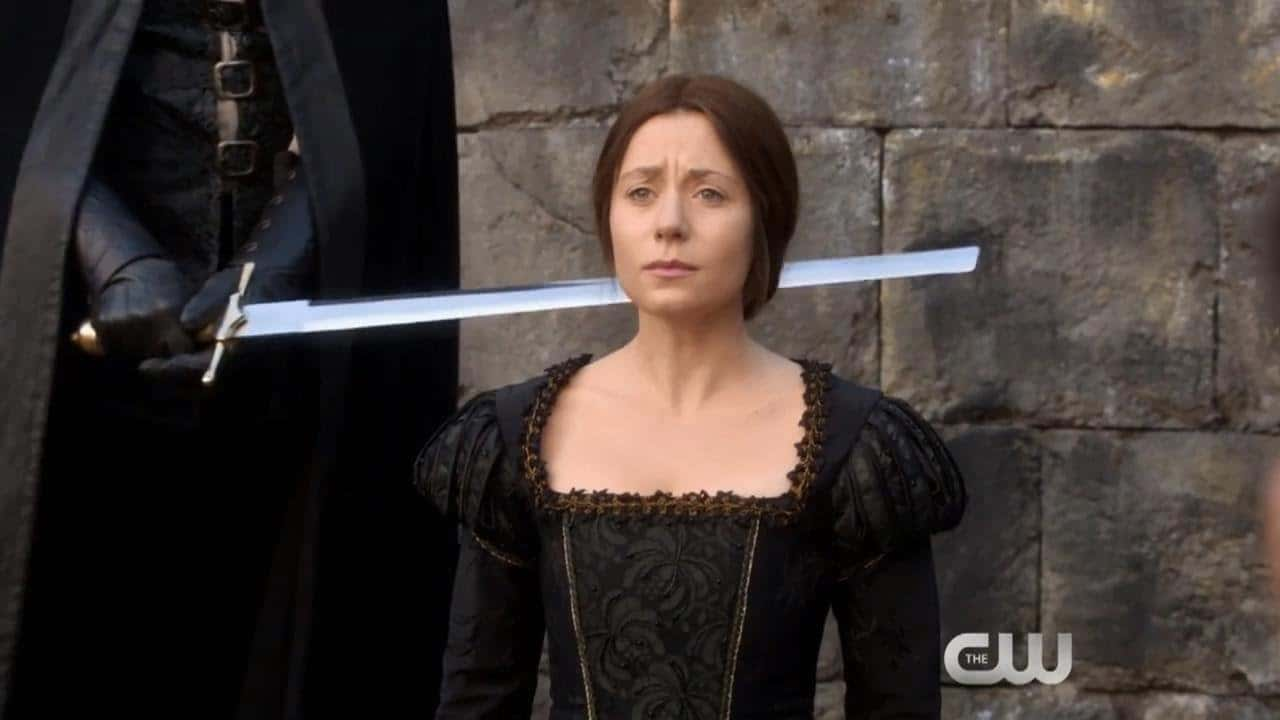 YouTube
YouTube
Sources: 1, 2, 3, 4, 5, 6, 7, 8, 9, 10, 11, 12, 13, 14, 15, 16, 17, 18

